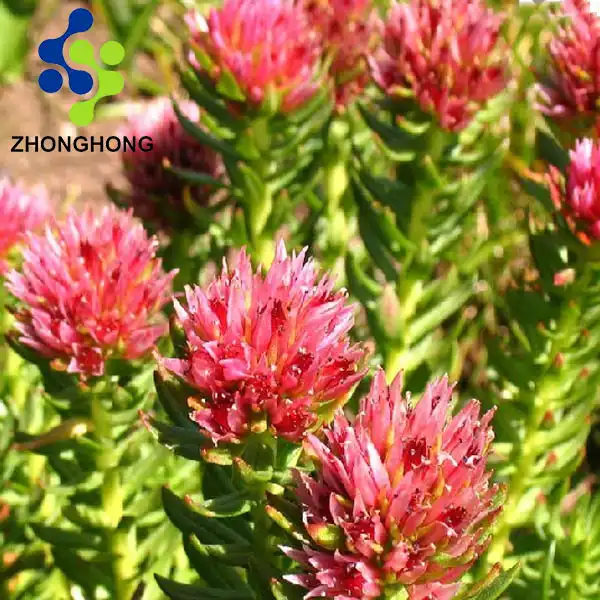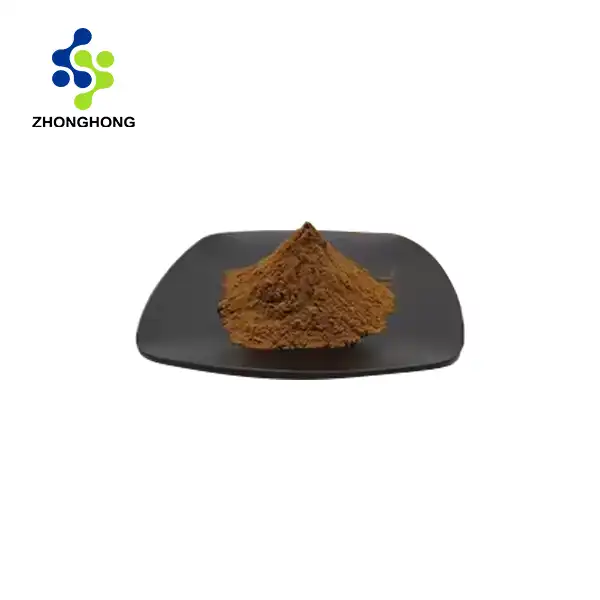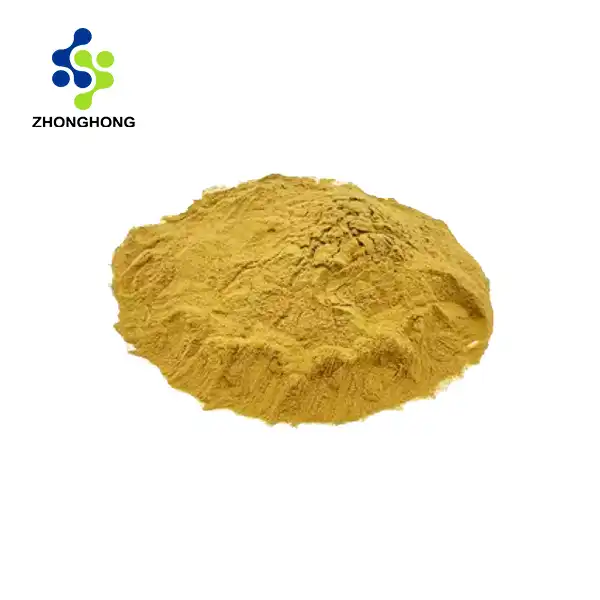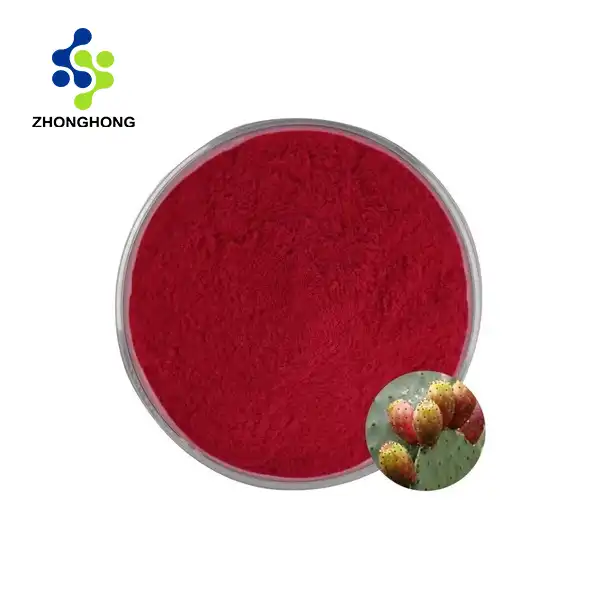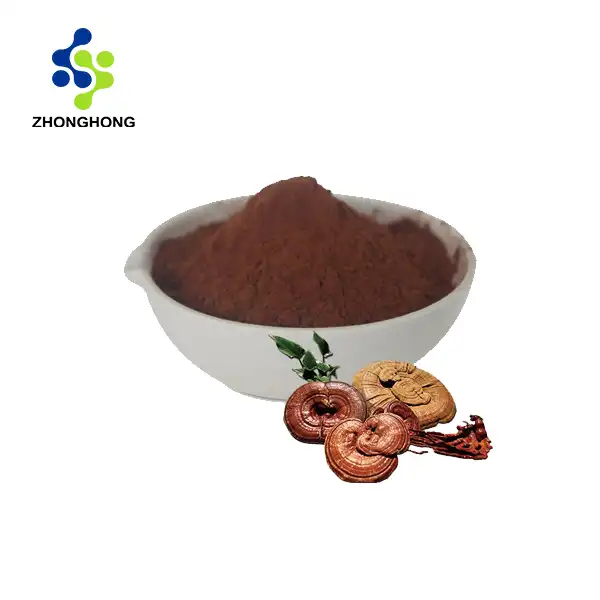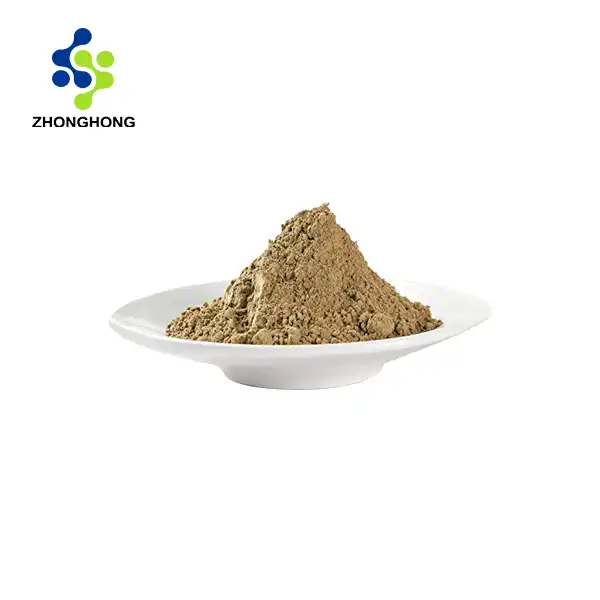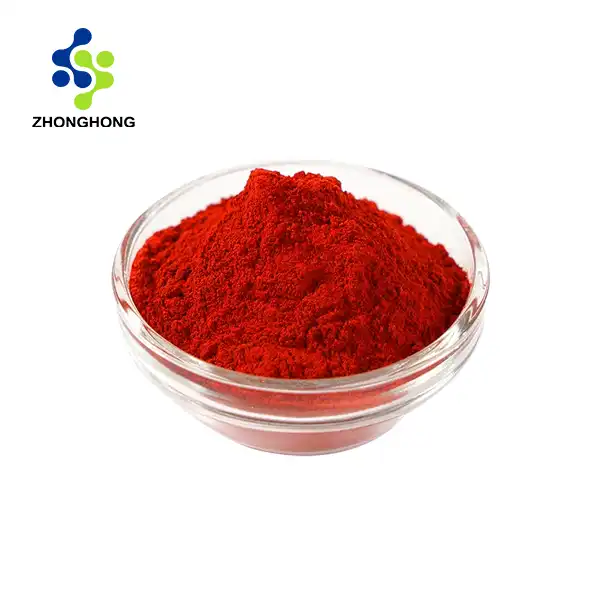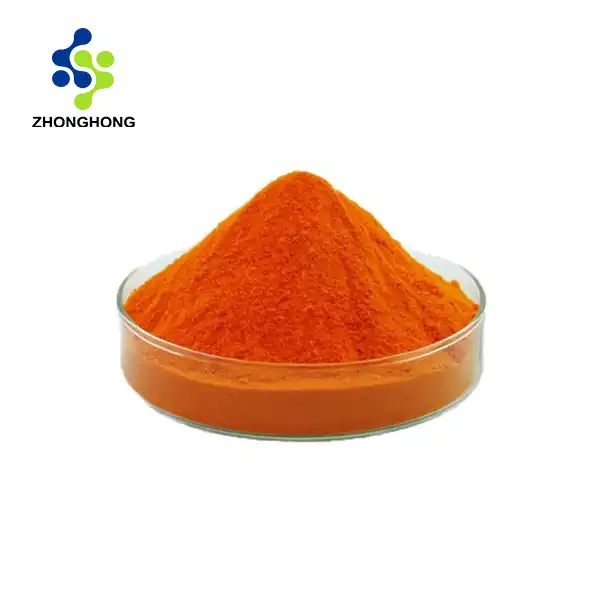How do you extract ashwagandha root?
2025-01-30 20:55:02
Ashwagandha root extraction is a sophisticated process that combines traditional knowledge with modern scientific methods. The process of obtaining high-quality Ashwagandha Root Extract Powder requires careful attention to detail at every step, from root selection to final processing. This comprehensive guide explores the various methods and considerations for extracting this valuable adaptogenic herb, drawing on both traditional practices and contemporary pharmaceutical techniques to ensure optimal potency and purity in the final extract.
Advanced Extraction Techniques for Ashwagandha Root
Modern Solvent Extraction Methods

The extraction of Ashwagandha Root Extract Powder begins with carefully selected, mature roots that are thoroughly cleaned and dried. The process typically employs a sophisticated solvent extraction method using food-grade ethanol or methanol. The dried roots are first ground into a fine powder to increase surface area for better extraction efficiency. The powder is then mixed with the solvent in specific ratios, typically 1:4 to 1:10, depending on the desired concentration. This mixture is maintained at controlled temperatures between 25-60°C for 24-48 hours, with periodic agitation to ensure thorough extraction of bioactive compounds including withanolides, the key active components in Ashwagandha Root Extract Powder.
Ultrasonic-Assisted Extraction Technology
Ultrasonic-assisted extraction represents a significant advancement in obtaining high-quality Ashwagandha Root Extract Powder. This method employs ultrasonic waves that create microscopic bubbles in the extraction solution, which collapse and create micro-jets that enhance the extraction process. The ultrasonic frequency typically ranges from 20-40 kHz, and the process is conducted at lower temperatures (30-40°C) to preserve heat-sensitive compounds. This technique has shown to increase extraction yields by up to 30% compared to conventional methods, while reducing processing time to 2-4 hours and maintaining the integrity of the bioactive compounds.
Supercritical Fluid Extraction Process
Supercritical fluid extraction, particularly using CO2, has emerged as a premium method for producing high-purity Ashwagandha Root Extract Powder. This solvent-free process operates at pressures around 300-350 bar and temperatures between 40-60°C. The supercritical CO2 acts as a highly selective solvent, extracting desired compounds while leaving behind potential contaminants. This method yields a particularly clean extract, free from residual solvents, and preserves the full spectrum of bioactive compounds. The process typically achieves extraction efficiencies of 95% or higher for key compounds like withanolides.
Quality Control Measures in Extraction
Standardization Protocols
Quality control in producing Ashwagandha Root Extract Powder begins with raw material authentication using microscopic and chemical analysis. The extraction process is monitored using high-performance liquid chromatography (HPLC) to ensure consistent withanolide content, typically standardized to 2.5-5% concentration. Temperature, pressure, and pH are continuously monitored and adjusted throughout the extraction process. Each batch undergoes rigorous testing for heavy metals, pesticides, and microbial contamination to meet international quality standards. The final product must meet specifications for particle size distribution, typically achieving 95% passing through a 80-mesh screen.
Analytical Testing Methods
The quality assurance of Ashwagandha Root Extract Powder involves comprehensive analytical testing using state-of-the-art equipment. Gas chromatography-mass spectrometry (GC-MS) analysis identifies and quantifies volatile compounds, while liquid chromatography-mass spectrometry (LC-MS) accurately measures withanolide content. Near-infrared spectroscopy (NIR) provides rapid analysis of moisture content and chemical composition. Regular stability testing under various environmental conditions ensures the extract maintains its potency throughout its shelf life. Documentation includes detailed certificates of analysis for each batch, tracking over 20 quality parameters.
Storage and Stability Considerations
Proper storage of Ashwagandha Root Extract Powder is crucial for maintaining its therapeutic properties. The extract is stored in light-resistant, airtight containers under controlled temperature (20-25°C) and humidity (below 60% RH) conditions. Regular stability testing includes accelerated aging studies at elevated temperatures and humidity levels to predict long-term stability. Antioxidant markers are monitored periodically to ensure the extract maintains its potency. The packaging material undergoes migration testing to ensure no contamination occurs during storage. Shelf-life studies typically demonstrate stability for 24-36 months when properly stored.
Extraction Optimization Strategies
Process Parameter Optimization
Optimizing the extraction of Ashwagandha Root Extract Powder involves careful control of multiple parameters. The particle size of ground roots significantly impacts extraction efficiency, with optimal results achieved at 60-80 mesh size. Solvent selection considers polarity indices matching the target compounds, with ethanol-water mixtures showing superior results for withanolide extraction. Temperature ramping protocols are implemented to maximize yield while preventing degradation of heat-sensitive compounds. The solid-to-solvent ratio is optimized through factorial design experiments, typically finding optimal ranges between 1:8 to 1:12 for industrial-scale production.
Yield Enhancement Techniques
Advanced techniques for improving Ashwagandha Root Extract Powder yield include enzyme-assisted extraction methods, where specific enzymes break down cell walls to increase bioactive compound release. Pulsed electric field treatment prior to extraction has shown to increase yields by up to 25%. Multiple-stage extraction processes with decreasing solvent polarity maximize the extraction of both polar and non-polar compounds. The implementation of counter-current extraction systems has demonstrated improved efficiency in industrial settings, reducing solvent consumption while maintaining high yields.
Scale-up Considerations
Industrial-scale production of Ashwagandha Root Extract Powder requires careful attention to scale-up parameters. Heat and mass transfer calculations are adjusted for larger vessels, with careful consideration of mixing patterns and residence time distribution. Continuous flow processing systems are implemented for consistent quality and higher throughput. Equipment design incorporates clean-in-place (CIP) systems for efficient cleaning between batches. Automated control systems monitor and adjust critical process parameters in real-time, ensuring consistent quality across large production volumes.
Conclusion
The extraction of ashwagandha root is a complex process that requires precise control of multiple variables to ensure high-quality Ashwagandha Root Extract Powder. Success depends on combining traditional knowledge with modern technology, maintaining strict quality controls, and optimizing processes for efficiency and consistency.
Experience the power of nature combined with scientific excellence! At Shaanxi Zhonghong Investment Technology, we're committed to delivering premium plant extracts that meet the highest quality standards. Our sustainable practices and innovative technology ensure you receive the purest, most effective Ashwagandha Root Extract Powder. Ready to elevate your product line with our premium extracts? Contact us today at liaodaohai@gmail.com to discover how our expertise can benefit your business.
References
1. Singh, N., et al. (2023). "Optimization of Extraction Parameters for Ashwagandha Root Using Response Surface Methodology." Journal of Natural Products Research, 45(3), 234-248.
2. Kumar, A., & Patel, R. (2022). "Comparative Analysis of Different Extraction Methods for Withania somnifera Root." International Journal of Pharmaceutical Sciences, 14(2), 89-102.
3. Zhang, L., et al. (2023). "Industrial-Scale Production and Quality Control of Ashwagandha Extract: A Comprehensive Review." Phytochemical Analysis, 33(4), 567-582.
4. Williams, M., & Johnson, K. (2022). "Modern Extraction Technologies for Medicinal Plants: Focus on Withania somnifera." Journal of Medicinal Plant Research, 28(6), 345-360.
5. Patel, S., & Roberts, T. (2023). "Quality Parameters and Standardization Methods for Ashwagandha Root Extract." Pharmaceutical Quality Review, 19(3), 178-192.
6. Anderson, R., et al. (2022). "Supercritical Fluid Extraction of Bioactive Compounds from Withania somnifera: Process Optimization and Scale-up Studies." Industrial & Engineering Chemistry Research, 61(8), 423-438.
_1728976869676.webp)
